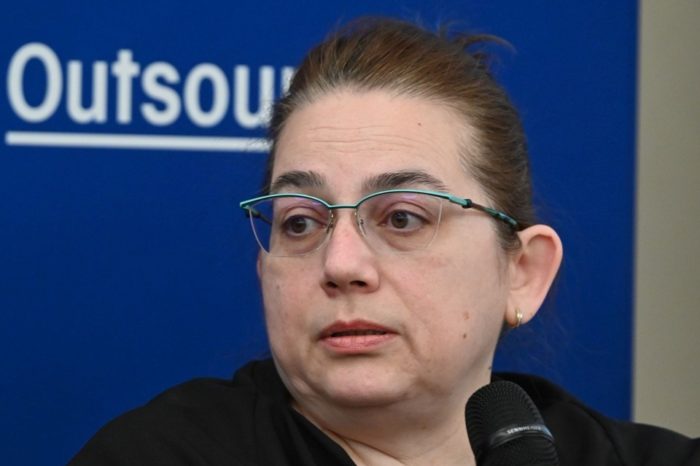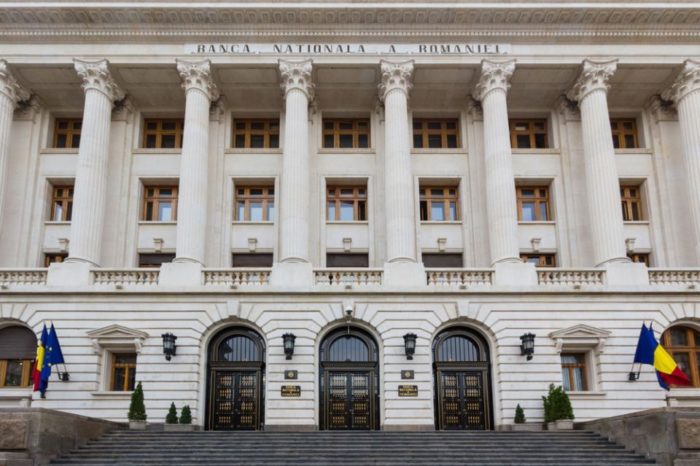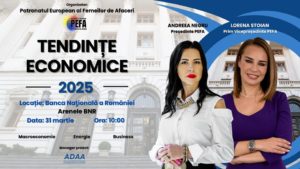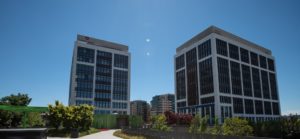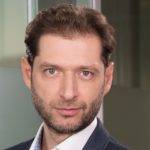INTERVIEW Razvan Copoiu, Signify Romania: “Educating the market is a priority for us in 2021”
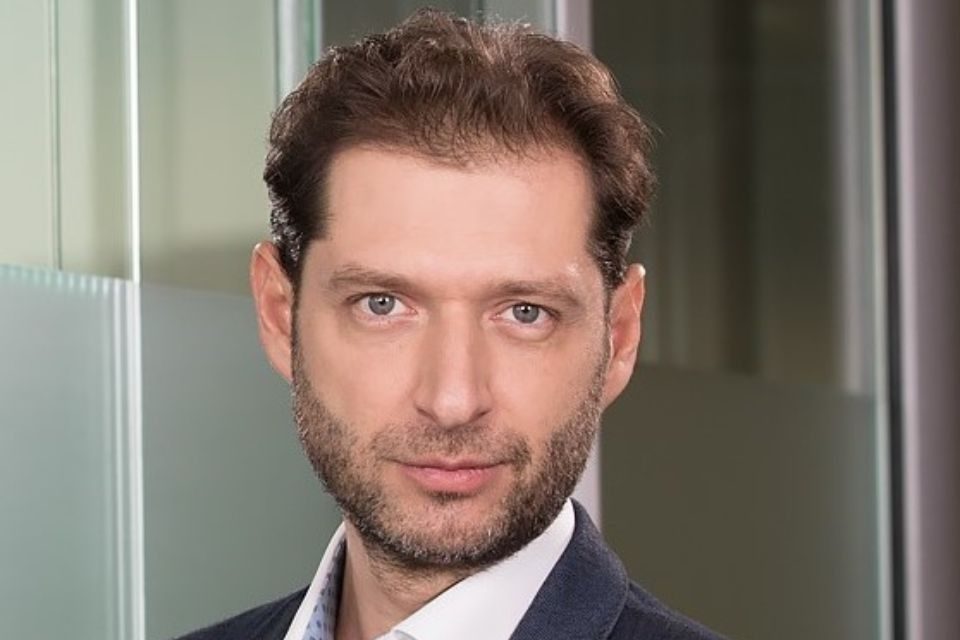
“The beginning of 2021 was unexpectedly good for us. Projects that had been postponed last year were resumed this year. I am referring to the entire region of 11 countries that we manage,” Razvan Copoiu, general manager of Signify Romania told The Diplomat-Bucharest.
“Locally, things look better at the beginning of this year because AFM has released some funds. We also rely on the projects from the National Recovery and Resilience Program (PNRR). Green Switch arose from the need for infrastructure, we defined three objectives: public lighting, health, and education. Public lighting is our priority, but we are ready to offer our consulting and solutions in the field of health and education.”
What are the objectives of the Green Switch program?
The beginning of 2021 was unexpectedly good for us. Projects that had been postponed last year were resumed this year. I am referring to the entire region of 11 countries that we manage. In Romania you can’t really rely on public tenders because there are appeals and there is no predictability. Locally, things look better at the beginning of this year because AFM has released some funds. We also rely on the projects from the National Recovery and Resilience Program (PNRR).
Green Switch arose from the need for infrastructure, we defined three objectives: public lighting, health, and education. Public lighting is our priority, but we are ready to offer our consulting and solutions in the field of health and education.
The quality of the light is very important. Romania is flooded with products whose quality does not meet European requirements.
Intelligent street lighting is an increasing trend, but which has not yet penetrated too much in Romania. We are in the right direction, but there are only 4-5 cities in Romania that have such pilot projects. PNRR will have to take into account these aspects, we try to lobby on the technical side and develop guidelines on the quality of public lighting.
What solutions does Signify propose for the transition to a circular economy?
Signify has reached zero carbon footprint, which means that we have contracts for energy supply only from renewable sources, we have reduced the distances between warehouses and factories to reduce fuel consumption, we purchase electric cars, etc. By the end of 2022 we want to reach zero plastic packaging.
We also have LED luminaires made of recyclable materials, but they are more expensive, and costs are perceived as a problem in Romania.
What partnerships do you have regarding the implementation of LED connected lighting at national level?
We have three business segments. The first is the public sector. The second is retail and hospitality. The retail area is doing well, many stores are being built, and retailers are paying attention to the quality of lighting in stores. All stores are built with good quality lighting fixtures. We also have the office & industry segment. On the office side we notice a V evolution, the volume decreased, but the quality level increased.
In terms of factories and industrial halls, investments stopped in 2020, but the beginning of 2021 is a promising one. We have potential customers who are interested in intelligent lighting, they are interested in devices that purify the air. Customers are beginning to look at quality, long-term benefits. We notice a better education of the market.
We invest a lot in partnerships with companies that want to learn the know-how from our people and that we can transfer to them. These are partnerships with companies that want to specialize in the field.
We have a partnership with Efficient Romania, with Energy Policy Group, we agreed to make a model school in Ploiesti, which will be a Net Zero Energy (NZE) building. We want to educate the market and set an industry standard.
What are the priority projects in 2021?
Green Switch will take up most of our time. We will have projects through PNRR or AFM, we are talking about big projects in different cities. But we must pay attention to the appeals on public projects. The industrial area, after recovering from the crisis, does not allow itself to oscillate and gives clear growth signals. We focus on the industry this year. It can be the engine that will drive our business growth. Architectural lighting is a segment that we hope will grow. Market education is one of the priorities this year.


